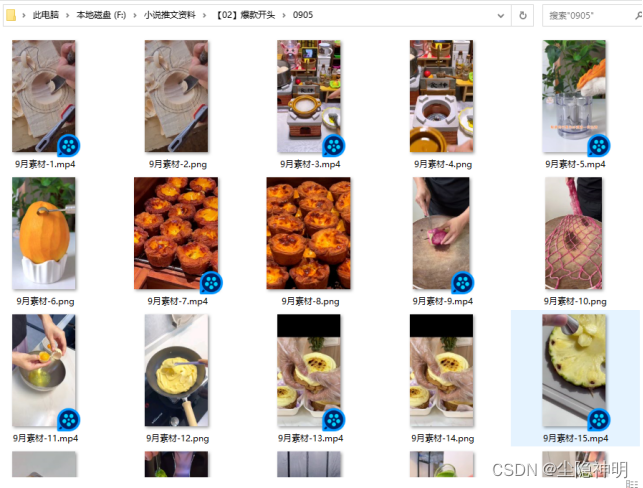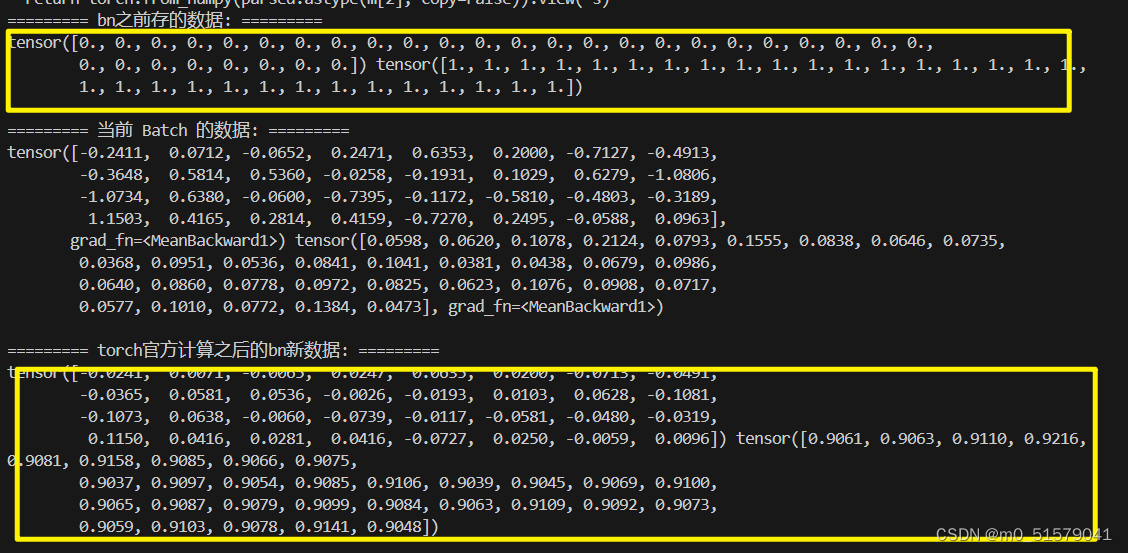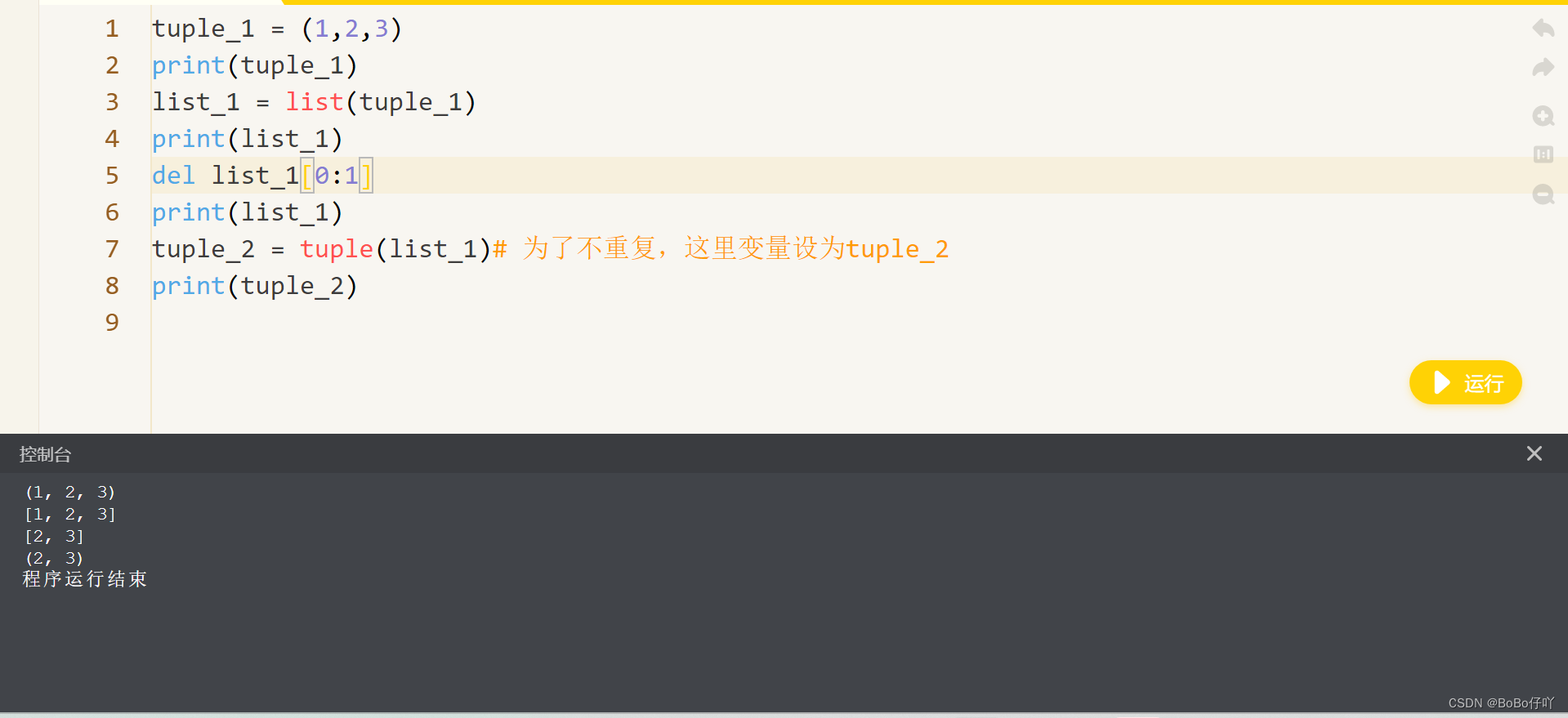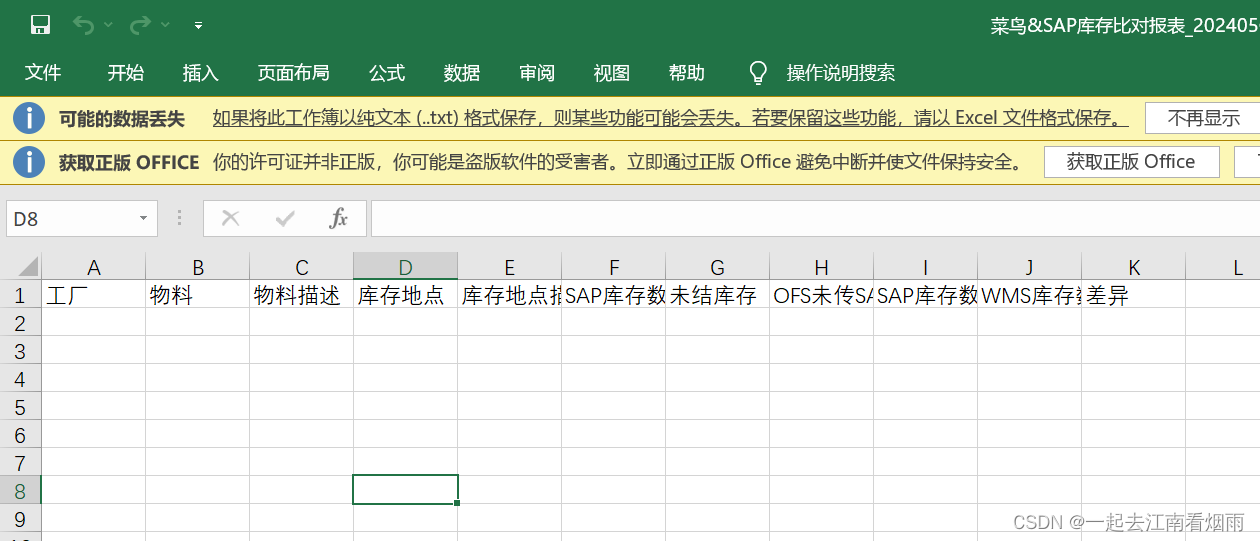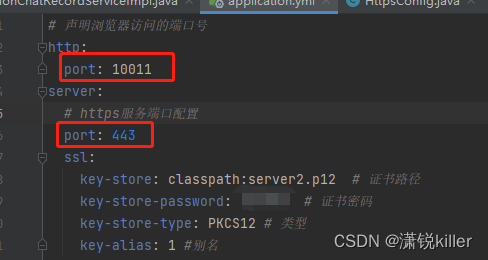call 方法:
原理
call方法允许一个对象借用另一个对象的方法。通过call,你可以指定某个函数运行时this指向的上下文。本质上,call改变了函数运行时的作用域,它可以让我们借用一个已存在的函数,而将函数体内的
this绑定到当前对象。

function displayInfo(age, job) {
console.log(`${this.name} is ${age} years old and is a ${job}.`);
}
const person = {
name: 'Alice'
};
// 使用 call 调用函数,同时将 this 设置为 person 对象
displayInfo.call(person, 30, 'developer');
// 输出: Alice is 30 years old and is a developer.
apply方法:
原理
apply与call非常相似,差别仅在于apply接受一个参数数组,而不是一组参数列表。这在你需要传递一个数组数据作为调用函数的参数时特别有用。比如,当你使用Math.max()计算数组中的最大值时,可以使用apply。

function displayInfo(age, job) {
console.log(`${this.name} is ${age} years old and is a ${job}.`);
}
const person = {
name: 'Alice'
};
// 使用 apply 调用函数,传递参数数组
displayInfo.apply(person, [30, 'developer']);
// 输出: Alice is 30 years old and is a developer.
bind方法:
bind 方法创建一个新的函数,当被调用时,这个新函数的 this 被指定为 bind 的第一个参数,而其余参数将作为新函数的参数,供调用时使用。

function greet(greeting, punctuation) {
console.log(`${greeting}, my name is ${this.name}${punctuation}`);
}
const person = { name: 'Alice' };
const sayHello = greet.bind(person, 'Hello');
sayHello('!'); // 输出: Hello, my name is Alice!
原理解析
call和apply的区别 主要在于参数的传递方式。call需要将参数按顺序一个接一个地传递,而apply则是把参数放在一个数组中传递。bind则是返回一个新的函数,允许你预设this参数和其他参数,之后可以随时调用。
这三个方法都是函数原型上的方法,即 Function.prototype,因此在JavaScript中所有函数都可以使用这些方法。这些方法的主要用途是控制函数执行时 this 关键字的值。
代码:
//商品购物车 套版 函数
function ShoppingCart(){
this.items = []
this.total = 0
//this.total = items.length ?
}
//如果需要后续绑定this 对象,谨慎用箭头函数 (call,bind,apply 影响不了他的this)
ShoppingCart.prototype.addItem = function (item){
this.items.push(item)
this.total += item.price
console.log(`${item.name} add successfully . Total is ${this.total}`)
}
ShoppingCart.prototype.removeItem = function (itemName){
const itemIndex = this.items.findIndex(item => item.name === itemName)
if(itemIndex > -1){
this.total -= this.items[itemIndex].price
this.items.splice(itemIndex,1)
console.log(`${itemName} remove successfully.Total is ${this.total}`)
}
}
//使用call 、apply
const p1 = {
name:'书包',
price:221
}
const p2 = {
name:'书',
price:12
}
const cart = new ShoppingCart()
//call适合一个对象 ,apply适合数组对象(必须是一个数组)
//两者都只会临时更改对象一次this 指向方向
cart.addItem.call(cart,p1)
cart.addItem.apply(cart,[p1, p2])
//bind 方法
const gadget = { name: 'Echo Dot', price: 49.99 }
// 创建一个永久绑定到 cart 的 addItem 方法
const boundAddItem = cart.addItem.bind(cart)
// 添加商品
boundAddItem(gadget)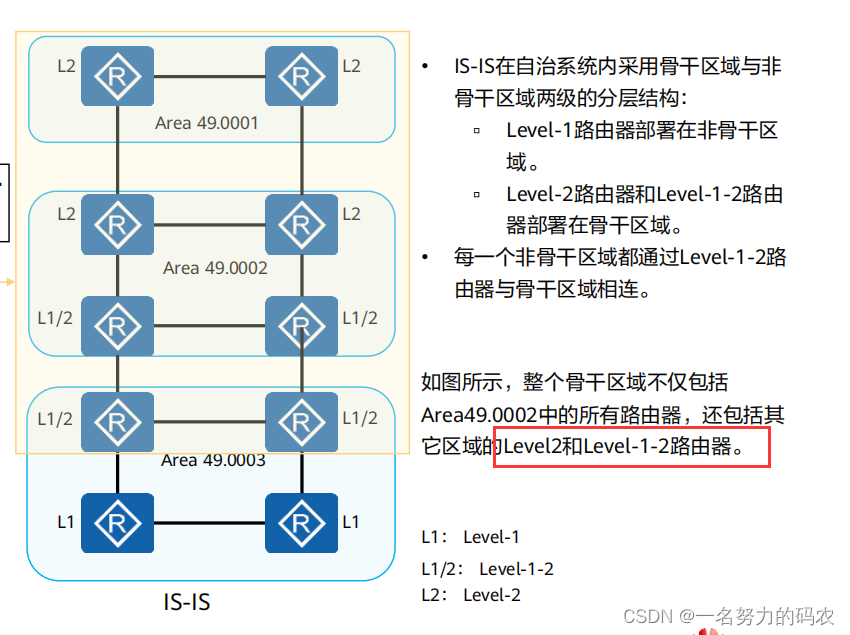



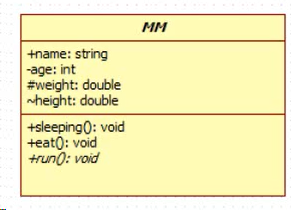
](https://img-blog.csdnimg.cn/direct/7d0f594a543b49668d1e3e3748d634eb.png)
